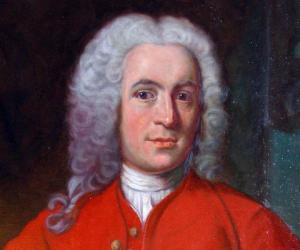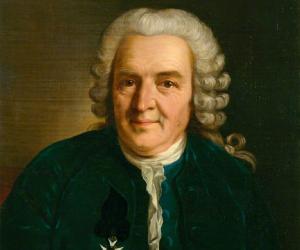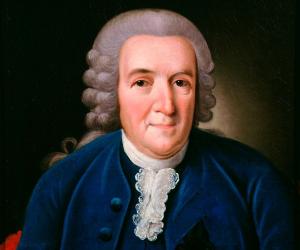PART
A — (5 × 2 = 10 marks)
Answer
any FIVE questions.
Each
answer should not exceed 50 words.
Each
answer carries 2 marks.
1. What is the concept of ICT?
U§lÀÓ YûWVß.
2. Need of ICT in
Education?
A[ûY ¨ûXLs Gu\ôp Gu]? ARu YûLLûü ϱl©ÓL.
3. Write about
scope of ICT.
U§lÀÓRp úSôdLeLs Tt± £ß ϱl× YûWL
4. Define
Communication?
®]ô §hP T¥Ym Gu\ôp Gu]?
5. What is web
browser?
®]ô Ye¡ GuTRu ùTôÚû[ RÚL.
6. What are the
Parts of Internet?
ùNnØû\j úRoÜ Tt± £ß ϱl× YûWL.
PART
B — (3 × 5 = 15 marks)
Answer
any THREE questions.
Each
answer should not exceed 200 words.
Each
answer carries 5 marks.
7. What are the
characteristics of ICT?
£\kR úRo®u Ti×Lûü ®[dÏL.
8. What is classroom
communication? What are the types of classroom communication?
U§lÀhÓ úRoÜLûü GqYôß YûLlTÓjÕÅo?
9. Explain about
communication barriers and its solutions.
RWlTÓjRlThP
úNôRû], B£¬VWôp EÚYôdLlThP úNôRû]Lû[ úYßTÓjÕL.
10. Write about
www.
RW U§lÀhÓ Øû\ûV
®[dÏL.
PART
C — (1 × 15 = 15 marks)
Answer
any ONE question.
Each
answer should not exceed 600 words.
Each
answer carries 15 marks.
11. Write about Internet,
Bookmarks & Favorites in internet?
Y[W± U§lÀÓ Utßm ùRôÏjR± U§lÀÓ YûLLs Utßm ARu TVuLûü
®[dÏL.
12. What are the kinds of information available in
internet? Explain ‘Search & Research’ on internet.
AûPÜjúRoÜ Gu\ôp Gu]? AûPÜjúRo®û] ¿®o GqYôß RVô¬lÀo?




